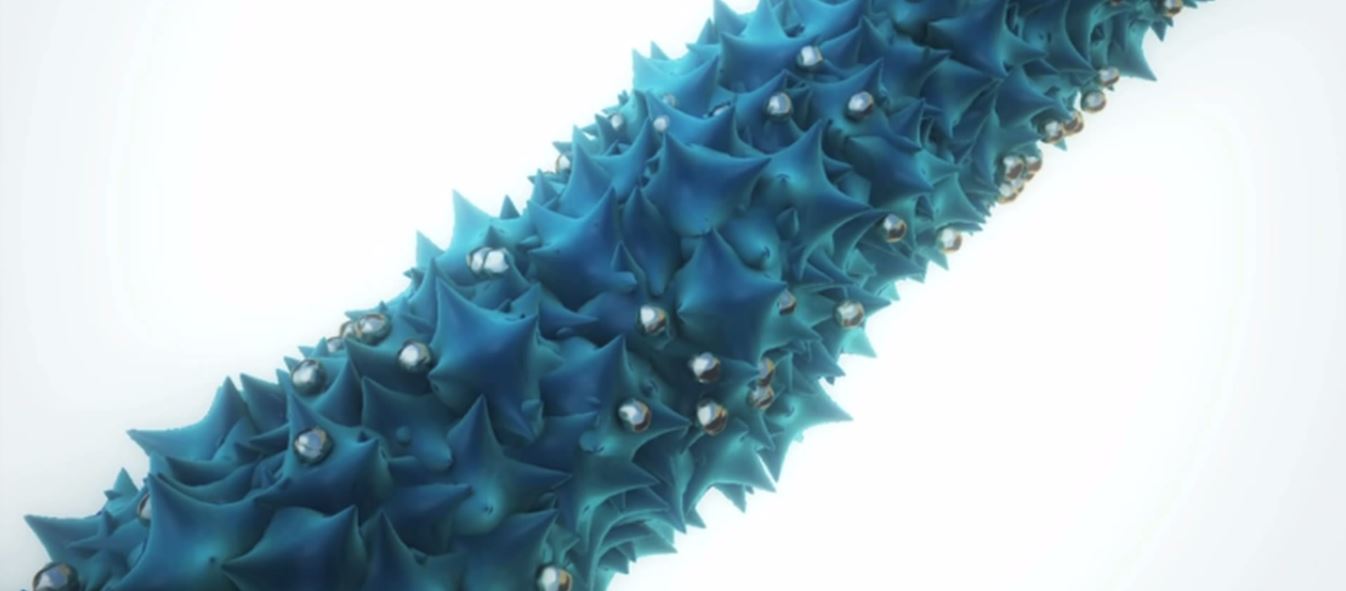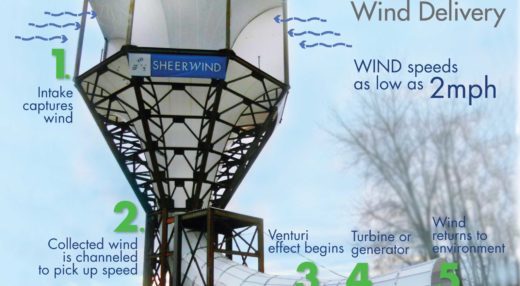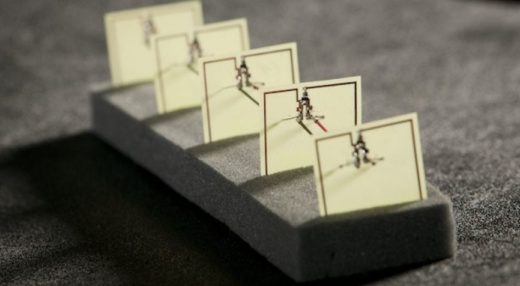Lithium-Air Battery, Nanowires and Viruses: Could It Be The Next Battery Revolution?
Lithium-Air Battery
Lithium-ion batteries have revolutionized the world we live in, as they made everything possible from the tiny drones to the elegant electric cars that we see around. They are a charming eco-friendly piece of innovation of mankind, but still the world seeks for a better replacement with an improved charge life that could give the drones and cars a little longer range. The fundamental approach in designing the lithium-ion batteries were challenged in the late 1970s with this lithium-air concept, and a few years before, we succeeded in their approach of engineering the battery with lithium as anode and oxygen as cathode. The battery works by the oxidation of lithium at the anode and the reduction oxygen at the cathode. The challenges seem to outweigh the fact that this could give 10 times the energy of a conventional lithium-ion battery.
- The anode reacts with water vapor potently and hence the presence of oxygen is undesirable at the anode end.
- The cathode’s discharge product, lithium peroxide seems to block the complete discharging of the battery and is considered as one of the main challenges.
More challenges like the slow discharging were handled by incorporating nanoparticles of gold—to combine lithium and oxygen—and platinum—to speed up the separation of the same—which increased the discharge efficiency upto 77%. But still, it needed a different approach to fix those issues, so that the battery could be viably applied commercially for the electric cars.
Nanowires and Viruses

MIT has a plan to bridge the gap by a unique biological application of the viruses that are capable of growing manganese oxide nanowires besides palladium that catalyzes the whole performance. They together interact with lithium, oxygen, and electrons to form the lithium peroxide and back into the individual components, thereby completing a battery cycle. The complete concept can be better understood from the following MIT video:
Though the results could fairly make the lithium-air batteries as a good contender for the fossil fuels, it still has its own challenges to be met before it could replace the lithium-ion batteries.
This post was first published on December 9, 2013.










